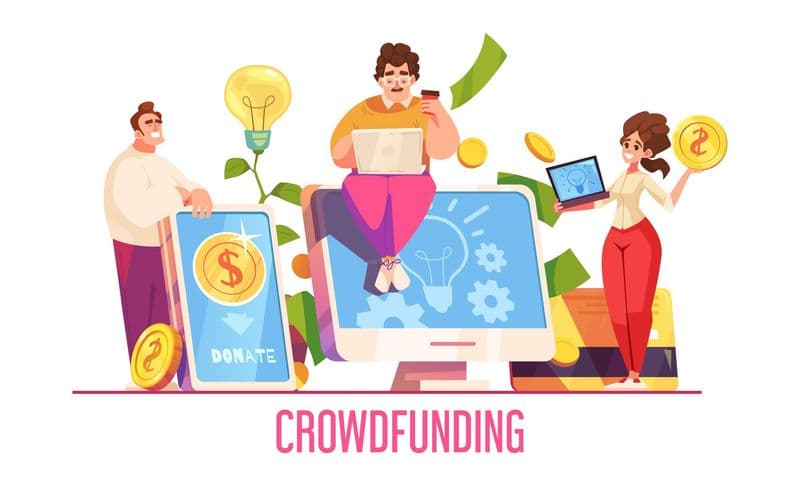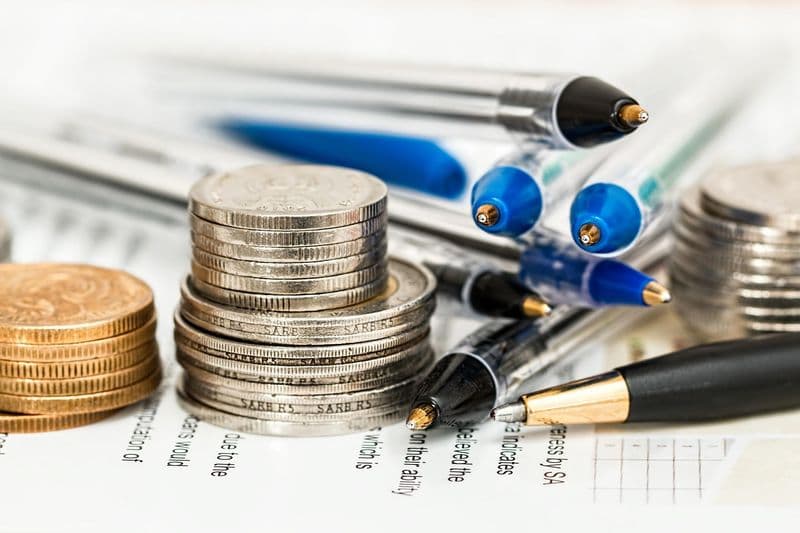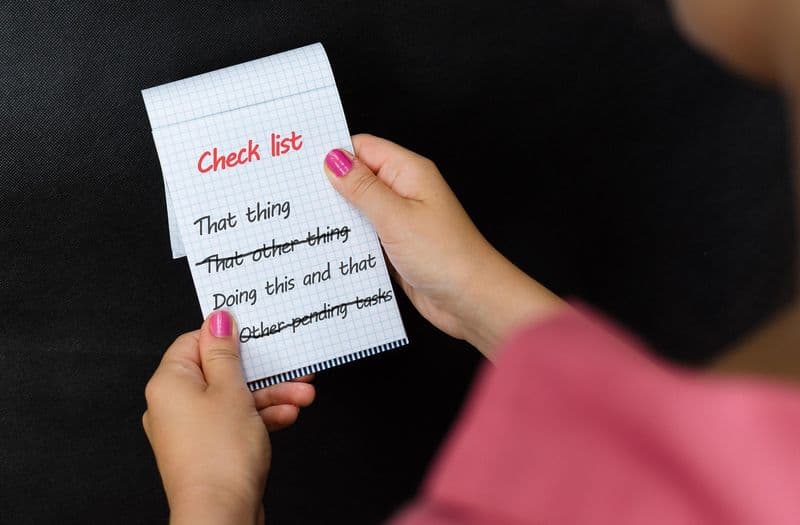In the fast-evolving world of digital marketing, standing out is no longer just about having eye-catching visuals—it's about creating dynamic, engaging experiences that capture and retain audience attention. The rise of artificial intelligence (AI) has transformed the creative landscape, making it possible for brands of all sizes to animate still images quickly, affordably, and at scale. This article explores the leading AI tools for animating images, their impact on marketing and branding, and the trends shaping the future of visual storytelling.
The Power of Animated Images in Modern Marketing
Why Animate Still Images?
Animated visuals are proven to drive higher engagement, increase brand recall, and simplify complex messages. In a digital environment saturated with static content, animation offers a way to break through the noise. According to recent industry surveys, 42.5% of marketers report a surge in engagement metrics after incorporating animated content, while 34.2% see improved brand recognition. Animated videos can increase conversion rates by up to 80% when used on landing pages.
AI: Democratizing Animation
Traditionally, creating high-quality animations required specialized skills, expensive software, and significant time investment. AI-powered tools have changed the game. Now, marketers, designers, and even small business owners can animate images in minutes, leveraging intuitive platforms that automate complex tasks such as motion tracking, lip-syncing, and scene generation.
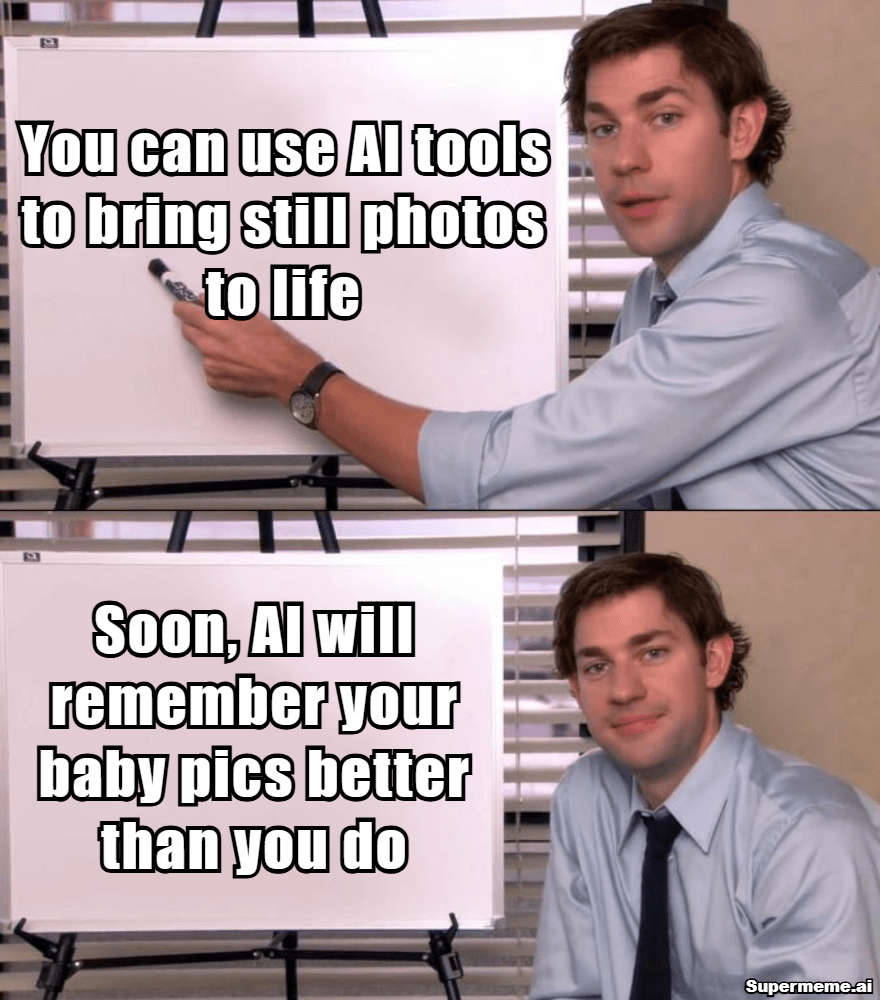
How AI Animation Tools Work
AI animation generators use deep learning models to analyze static images, identify key elements (like faces, bodies, or objects), and apply realistic motion or effects. Users typically upload an image, select an animation style, or describe the desired effect, and let the AI handle the rest. Many platforms offer drag-and-drop interfaces, pre-built templates, and real-time previews, making animation accessible to users of all skill levels.
Key Features Across Leading Tools:
- Automatic motion effects: Add lifelike movement to faces, objects, or backgrounds.
- Lip-sync and voiceover: Animate characters to speak in sync with audio or text.
- Customizable templates: Choose from a library of styles, scenes, and transitions.
- AR and interactive elements: Integrate animations into augmented reality experiences or allow user interaction.
- Personalization: Tailor animations to individual viewer preferences using real-time data.
Top AI Tools for Animating Still Images
Here’s a roundup of some of the most effective and popular AI animation tools for marketing and branding in 2025:
Tool | Best For | Key Features | Pricing/Notes |
|---|---|---|---|
Animaker | Social media, explainer videos | Drag-and-drop, AI script analysis, character customization, lip-sync, voice-to-animation | Free & paid plans |
Powtoon | Corporate, educational, branding | AI-driven templates, industry-specific styles, analytics, LMS integration | Free & paid plans |
Kaiber | Artistic, stylized animations | Text-to-animation, camera movement, scene storyboard, fast rendering | Free trial, paid plans |
Krikey AI | AR experiences, interactive content | AR integration, lifelike motion, pre-designed templates | Free & paid plans |
Gooey.ai | Quick, simple animations | AI-powered motion, drag-and-drop, cloud-based, beginner-friendly | Free with watermark |
Pollo AI | Custom photo animation | Configurable settings, dynamic expressions, lifelike transitions | Free & paid plans |
Synthesia | AI avatars, video presentations | Realistic avatars, multi-language, customizable backgrounds | Free & paid plans |
PowerDirector | Social media, short clips | AI-powered effects, social media optimization, templates | Free & paid plans |
InVideo AI | Social media, marketing videos | Templates, text-to-video, voiceover, music integration | Free & paid plans |
Genmo | Quick, intuitive animation | Object-specific animation, simple interface | Free |
HeyGen | Talking avatars | Speech animation, facial expression editing, clothing color changes | Free trial, paid plans |

Use Cases: How Brands Leverage AI-Animated Images
1. Social Media Content
Animated posts outperform static images, driving longer watch times and higher share rates. Brands use AI to create GIFs, memes, and interactive stories tailored for platforms like Instagram, TikTok, and LinkedIn. For example, PowerDirector and Gooey.ai are popular for producing quick, engaging clips optimized for social feeds.
2. Explainer and Product Demo Videos
AI animation simplifies complex ideas, making them more accessible. Animated explainers and product demos boost comprehension and retention, with viewers recalling up to 79% of information from animated content versus 28% from text alone. Animaker and Powtoon are go-to tools for these formats.
3. Personalized and Interactive Campaigns
Personalization is a major trend. AI tools allow marketers to create multiple versions of an animation, each tailored to specific audience segments or even individual viewers. For instance, car brands have generated personalized video ads showing vehicles driving through a viewer’s neighborhood, increasing engagement by 40%. Krikey AI and Synthesia excel in hyper-personalized and interactive content.
4. Branding and Storytelling
Animation is a powerful medium for building unique brand identities. Campaigns like Heinz’s AI-generated ketchup art and Coca-Cola’s “Create Real Magic” have leveraged AI animation to engage users in co-creation, resulting in massive brand buzz and media coverage1. AI tools enable rapid experimentation with visual styles, characters, and narratives.
5. Email and Website Enhancements
Animated elements in emails and websites increase click-through rates and time-on-page. Marketers report a 31% increase in email CTRs and a 34.5% rise in website dwell time after adding animated content. Tools like InVideo AI and Pollo AI make it easy to add motion graphics and micro-interactions to digital touchpoints.
Benefits of AI-Animated Images for Marketing
- Enhanced Engagement: Animated content grabs attention, encourages interaction, and evokes emotion, making brand messages more memorable.
- Simplification of Complex Ideas: Animation breaks down intricate concepts, improving comprehension and retention.
- Cost and Time Efficiency: AI slashes production times and costs by up to 40%, making high-quality animation accessible to all brands.
- Personalization at Scale: AI enables dynamic, real-time adaptation of content, tailoring visuals and messaging to individual preferences.
- Scalability and Consistency: AI tools allow for rapid production of large volumes of content, ensuring brand consistency across channels.
- Creative Freedom: Brands can experiment with visual styles, scenes, and effects that would be impractical or impossible in traditional shoots.
- Sustainability: AI production reduces waste and environmental impact compared to traditional photoshoots.
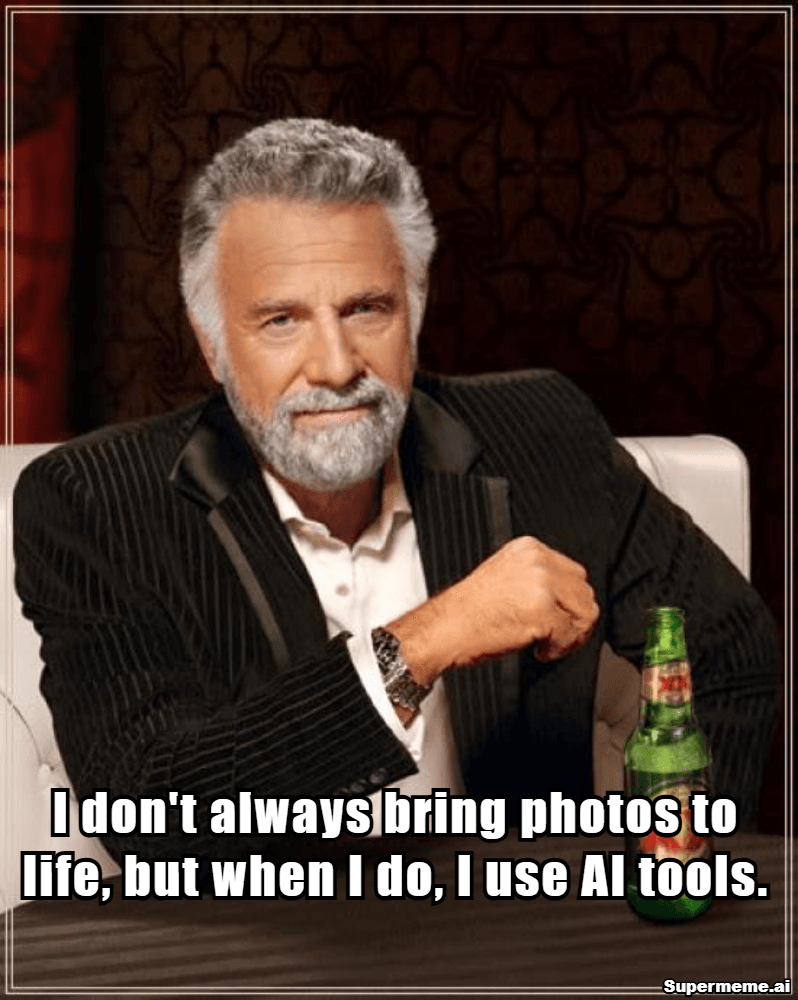
Trends Shaping AI Animation in 2025
1. Hyper-Realistic 3D Animation
3D animation, powered by AI, is becoming the standard for brands aiming to wow audiences with immersive visuals. Tools like Blender, DeepMotion, and Unreal Engine 5 are making high-quality 3D animation more accessible and efficient.
2. Emotion-Led Storytelling
AI now assists in generating dynamic character expressions and emotional storytelling, making animated content more relatable and engaging.
3. Minimalist and Clean Visuals
Brands are embracing minimalist animation styles, focusing on clarity and elegance to let their messages shine, especially effective for tech, wellness, and modern lifestyle brands.
4. Animated Typography and Kinetic Text
Kinetic text is on the rise, adding motion to static designs and making messages more attention-grabbing, particularly on social media.
5. Interactive and AR Experiences
AI-powered interactive animations and augmented reality are transforming passive viewing into dynamic, personalized journeys. Brands like Gucci and Ikea have pioneered AR campaigns that let users virtually interact with products.
6. Data-Driven Personalization
AI enables real-time adaptation of animated content based on user data, making each viewer’s experience unique and relevant.

Real-World Examples
- Heinz: Used DALL-E 2 to generate imaginative ketchup bottle images, achieving 850 million impressions and a 38% higher engagement rate than previous campaigns.
- Coca-Cola: Invited users to co-create branded artwork using ChatGPT-4 and DALL-E, resulting in thousands of user-generated images and a significant boost in website traffic.
- Nike: Created a virtual tennis match between Serena Williams’ 1999 and 2017 selves, engaging 1.7 million YouTube viewers.
- TikTok Shop: Leveraged AI animation to produce 40+ high-performing assets in nine days, resulting in over a million organic views in five days.
- Nutella: Produced 7 million unique jar labels with generative AI, all of which sold out.
Getting Started: Choosing the Right AI Animation Tool
When selecting an AI animation tool for marketing and branding, consider:
- Ease of use: Does the platform offer intuitive interfaces and templates?
- Customization: Can you tailor animations to your brand’s style and audience?
- Integration: Does it support your preferred social platforms and workflows?
- Pricing: Are there free plans or trials to test before committing?
- Output quality: Does it produce high-resolution, professional animations?
Most tools offer free trials or basic plans—experiment with a few to find the best fit for your needs.
Conclusion
AI-powered animation tools have revolutionized how brands create and share visual stories. By transforming still images into dynamic, engaging content, these platforms empower marketers to boost engagement, simplify messaging, and personalize experiences at scale. As AI continues to evolve, expect even more innovative features—hyper-realistic 3D animation, real-time personalization, and interactive AR experiences—that will redefine the future of marketing and branding. Brands that embrace these tools today will be well-positioned to capture attention, foster loyalty, and lead in the digital age.
